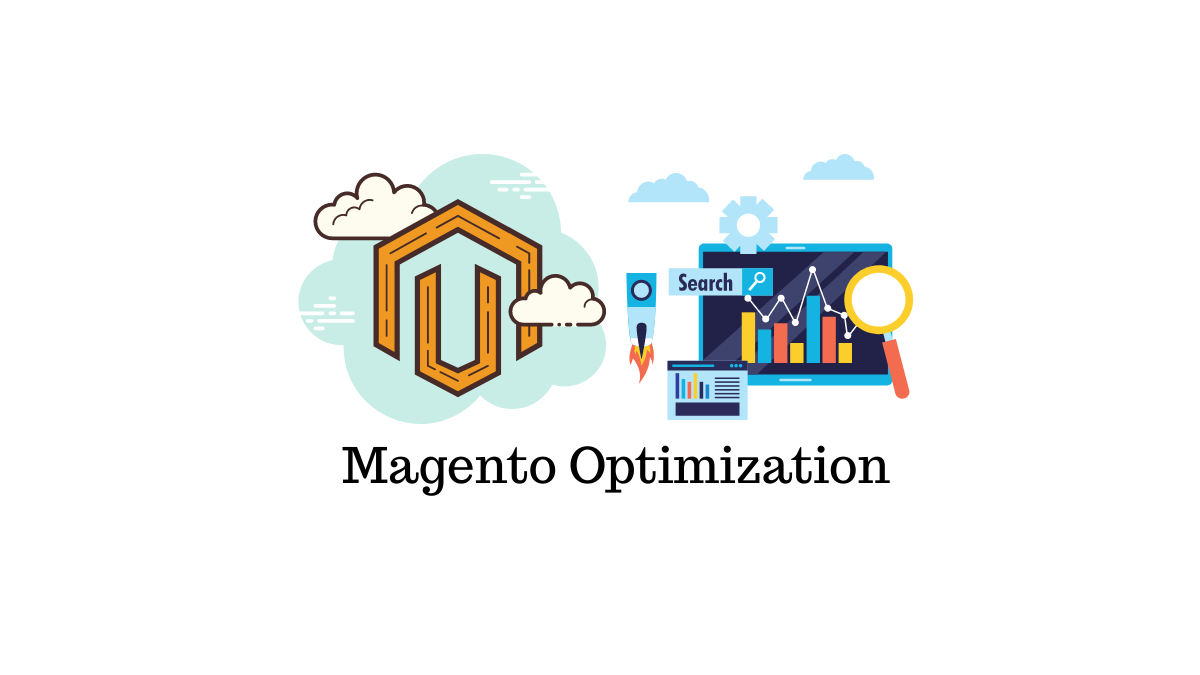
Magento Category Page SEO Optimization Tags: seo magento 2, magento 2 seo extension, magento seo, aysa.ai magento, magento seo extension, magento keywords, aysa.ai seo magento 2

Category pages are a key part of how an e-commerce website is put together and how it can be used. They are often the way to get to the products on a site and can be a big part of how well an e-commerce site does.
But it’s important to make sure that these pages are optimized for search engines so that they get more traffic and are easier to find. In this article, we’ll talk about the best ways to optimize Magento category pages for search engine optimization (SEO) and how to make your ecommerce site more visible on Google.
To do SEO for Magento 2 start with Title Tag Optimization
Title tags are one of the most important on-page SEO elements for category pages. They are used to give search engines a quick and accurate summary of what the page is about. Title tags should be unique, explain what they’re about, and include keywords that are relevant to the page’s category and products.
The title tags should be no more than 60 characters long, as search engines will truncate the title tags that are longer.
Heading and Subheading Optimization for Magento
Headings and subheadings are another important on-page SEO element for category pages. They are used to break up the content on the page and make it easier for users to scan and read.
They also give search engines a clear understanding of the structure and organization of the content on the page.
Heading tags, like the H1 and H2 tags, show how important the text they contain is. It’s important to use the proper heading tags and to ensure that the keywords that you want to rank for are included in the headings and subheadings.
Product Description Optimization
Product descriptions are another important aspect of optimizing category pages for SEO. These descriptions should be unique, well-written, and provide valuable information about the product.
They should also have relevant keywords and meta tags to make them easier to find and improve their search rankings. The product descriptions should be at least 300 words long and optimized for both search engines and users.
Product Image Optimization
Product images are another important aspect of optimizing category pages for SEO. Images should be properly optimized with descriptive file names and alt tags and should be of an appropriate size and format.
Alt tags are used to describe images and provide additional information to search engines. The file names and alt tags should include keywords that are relevant to the product and the category.
Internal Linking
Internal linking is another important aspect of optimizing category pages for SEO. It helps search engines understand the structure and organization of your website, and it also helps users navigate your site.
You should link your category pages to other pages on your site that are relevant if you want to be more visible and move up in search results.
Internal links help search engines understand the relationship between the pages on your website, which can improve the visibility of your category pages.
SEO Automation for Magento Category Page SEO Optimization
SEO automation is an essential aspect of optimizing category pages for SEO. Aysa.ai is an ecommerce automation tool for Magento that can help you automate many of the tedious and time-consuming aspects of SEO, such as keyword research, meta tag optimization,and link building.
Automation tools like Aysa.ai can also give you valuable insights and analytics, such as keyword rankings and search engine crawling data, which can help you find places to improve and track the performance of your category pages over time.
Conclusion to Magento Category Page SEO Optimization
In conclusion, optimizing Magento category pages for SEO requires a strategic approach. By using the strategies and best practices in this article, like optimizing your title tags, headings, subheadings, product descriptions, product images, internal links, and SEO automation tools like Aysa.ai, you can improve your store’s visibility and search rankings and get more people to visit your site.
Keep in mind that SEO is a continuous process, and you should regularly monitor your website’s performance and make adjustments as needed to ensure that your category pages are always visible to your target audience.
You can look at the Magento SEO Guide and the Moz Blog on ecommerce SEO to learn more about the best ways to use SEO with Magento.


